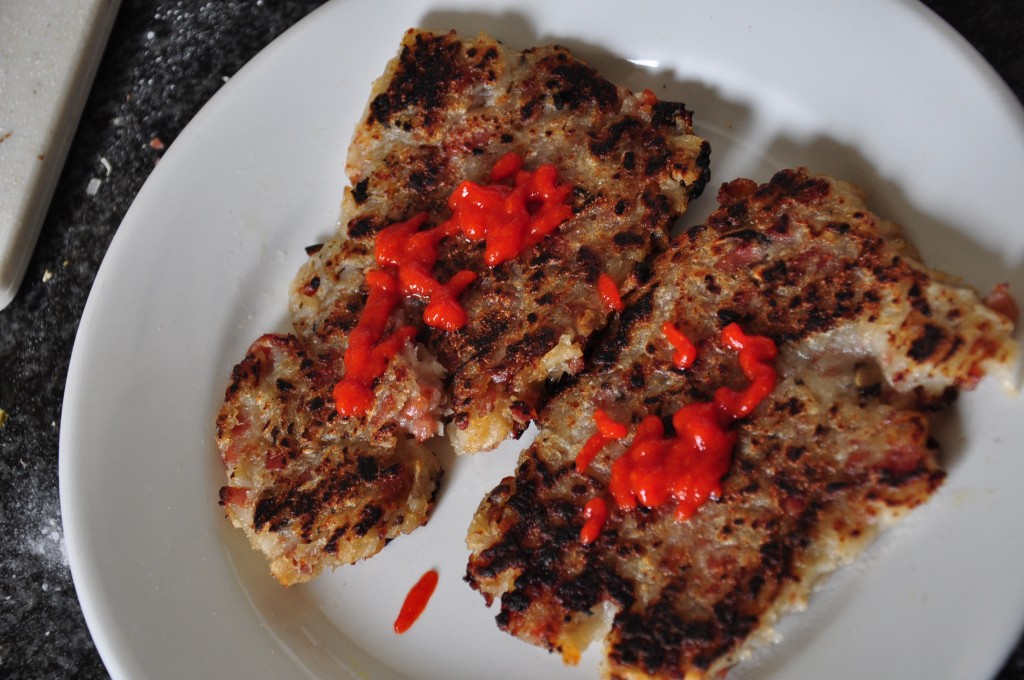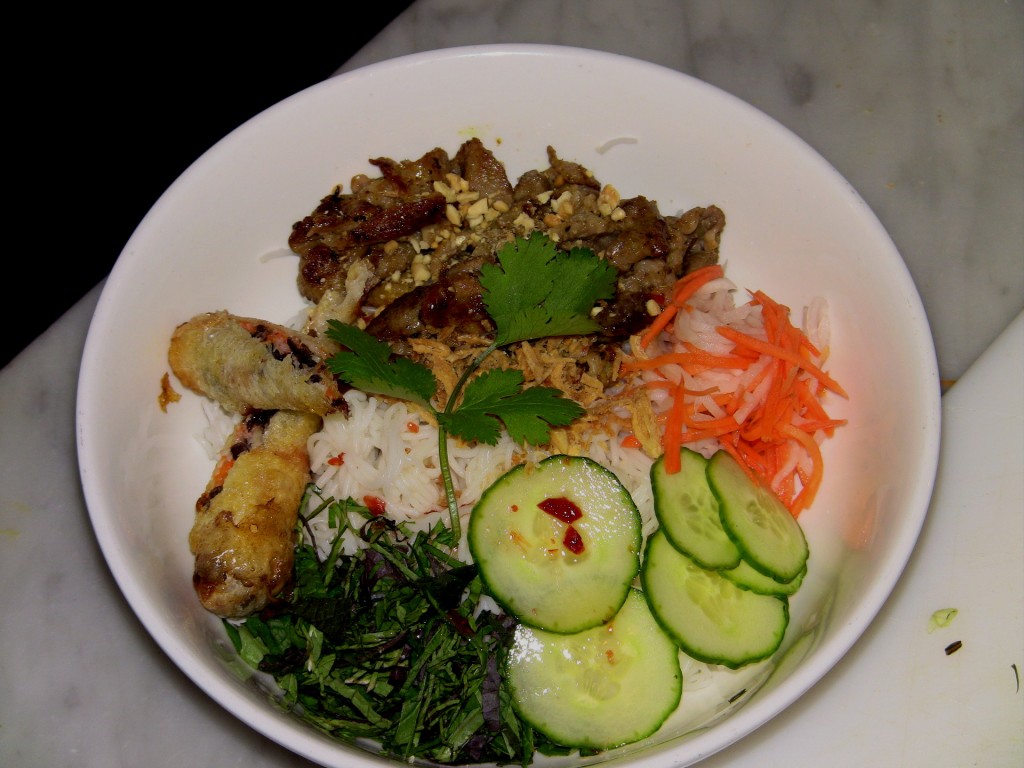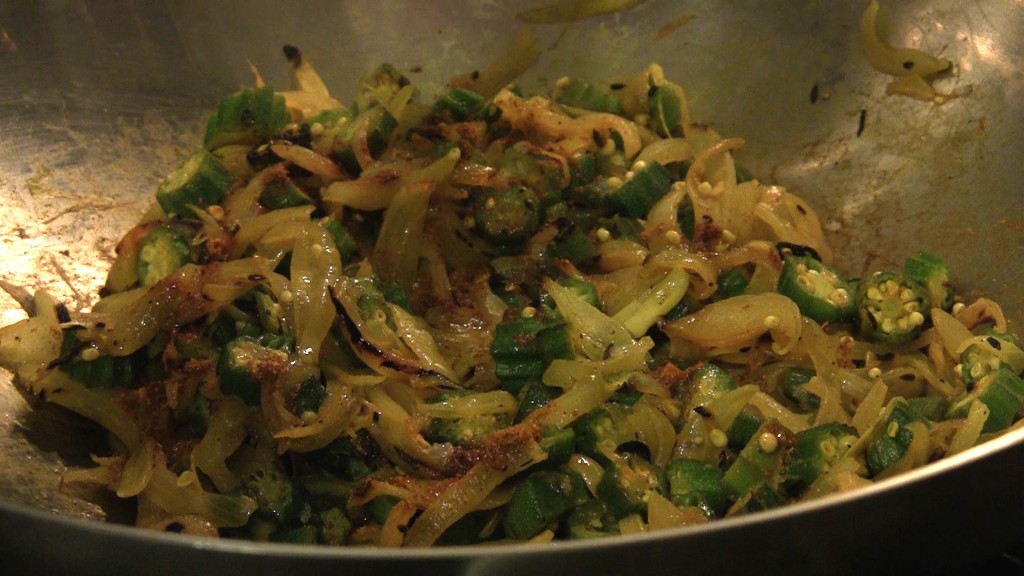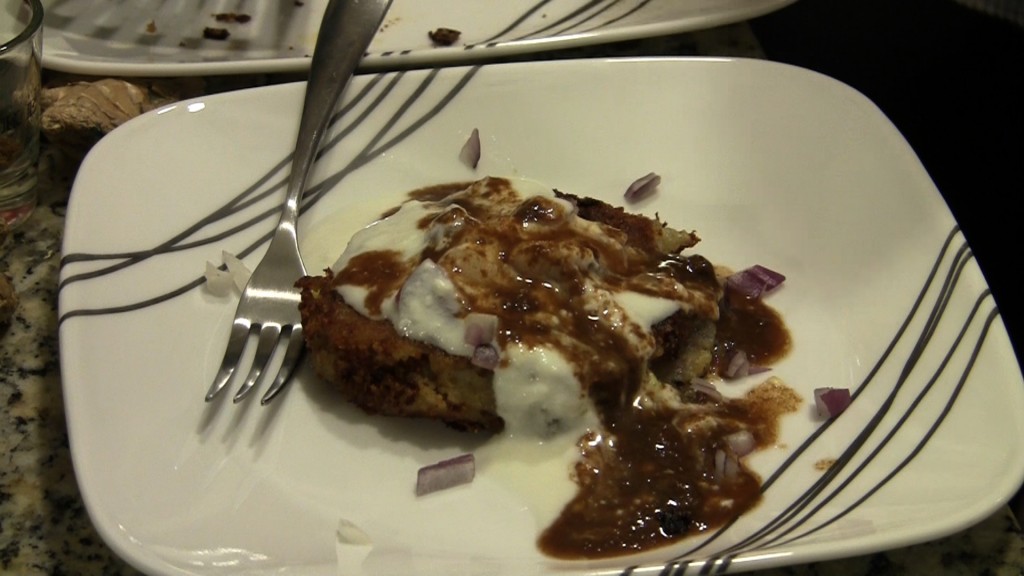Fortunately for Brooklyn and more importantly me, because it’s close to where I live, a new gourmet donut shop opened a few months ago in Clinton Hill, Brooklyn . It’s called Dough. It’s run by Thierry Cabigeos the owner and proprietor of Choice Brooklyn, which consists of Choice Greene, a gourmet market and Choice Market, the sister café which serves a wide variety of baked and prepared foods. Now add donuts to his Clinton Hill mini food empire. When I was inquiring whether or not I could shoot the donut making process, I asked Thierry why he decided to open up a fancy donut shop. He said first of all, he needed a separate location to bake the goods he sells at Choice Market. Secondly, he also wanted to sell food at this location that was distinct from anything that one could find at Choice Market. He settled on donuts. He brought on Fany Gerson, a talented pastry chef (whose summer business involves making Mexican ice cream and paletas or popsicles – que rico, no?) who worked with him previously at Choice Market to help develop the donut recipe and come up with some of the unique glaze flavors. Judging from the many donuts I ate last week, before and after I filmed, I’d say they got it right. Extremely right.
You see, I’ve always had a warm spot in my stomach and my heart for donuts (for style purposes I’m using the American spelling). Speaking for the stomach and mouth, what is not to like about deep fried dough covered with some sort of sticky, sugary glaze? We as humans might have our differences when it comes to religion, political ideology or world view, but I would say our love for donuts transcends all cultural boundaries. France has beignets. Spain and Latin America have churros. China has you-tiao. I could go on and on. The simple fact is that wherever you find a culinary tradition that uses oil to cook and has some sort of flour based dough as a starch staple, you will find some version of a donut. A good donut engages all of our senses. We see something fried golden brown covered with a thick glaze that hints at the mouth melting sweetness to come. The smell of a donut alone with it’s hints of oil, yeast and sugar is enought to get the salivary glands going. Our sense of touch is engaged as we bite into a fresh donut as our teeth break through the thin barriers of sweet glaze followed by the outer deep fried layer of the dough until they sink into the airy, soft and chewy texture of the donut’s interior. Now as far as sound goes, I’m not sure you can hear a good donut, but at the very least, you can hear yourself chewing with delight.
My own personal relationship with donuts can be traced back to my early childhood growing up in San Jose, CA. Some of my fondest memories of this time were of my grandparents (Gong Gong and Popo – Cantonese for maternal grandfather and grandmother) visiting us from Hong Kong. It became a Saturday ritual: my older sister, Cheryl and I would walk with Gong Gong, doing the Old Chinese Man walk – more of a leisurely stroll with hands held behind his back – to a small family run donut shop called Manley’s on Lincoln Ave., a few blocks away from our house. As we entered the store, we were greeted by the smell of fresh donuts and the glass display which held a variety of gleaming, still warm wonders of deep fried dough: the simple plain glazed, the chocolate glazed, the cinnamon twists, the butter scotch and chocolate bars, the old fashioned chocolates and the big prize as far as I was concerned – the apple fritter. My sister and I would take our time picking out different donuts until we had a a box of a dozen donuts which somehow remained uneaten on the walk home probably because we fortified ourselves for the return trip with glazed donut holes. Once at home we’d dig into our favorites, our eyes inevitably bigger than our stomachs. Even with my parents doing their part we could never quite finish a dozen donuts (especially if there was an apple fritter) in one sitting. The box of donuts would sit on the kitchen table the rest of the Saturday and into Sunday, gradually emptying as we picked our way through the donut remains.
I remember when another donut shop called Yum Yum Donuts opened up close to our house which initially tested my loyalty to Manley’s. It wasn’t as good and with its big glass windows and banks of fluorescent lighting it had a more generic, 1980s feel. But, it was open 24 hours and I remember seeing workers making donuts late into the night, probably for all the cops who really did hang out there. Perhaps it’s a West Coast or California thing because whether I was at school in Berkeley (thank you King Pin for many late night runs) or living in SF, I’ve always been able to find great mom and pop donut shops which served delicious and classic donuts.
That changed when I moved to NYC. For a city that prides itself on being a place where you can find the best of everything, there’s a surprising lack of great donuts and good donut establishments. Sure, you can get a stale donut from a street side coffee vendor or purchase a dense, machine tasting donut from any number of Dunkin’ Donuts around town, but a great mom and pop donut shop? Forget it. That is changing though. But of course, like many things in NYC, it’s coming from a place of higher culinary ambitions. The Lower East Side’s now venerable Doughnut Plant, has been turning out all sorts of high end, rich and delicious donuts for a few years now.
Now add Dough to the small list of donut shops in NYC getting it right. They might not serve the classic American donuts I grew up eating, but they are classics unto themselves. As I was filming I kept thinking about something owner, Thierry Cabigeos, had told me earlier. He said, “I’ve never seen people’s faces light up the way they do when they come in and see the donuts. It brings back memories.” Good memories. Indeed.






